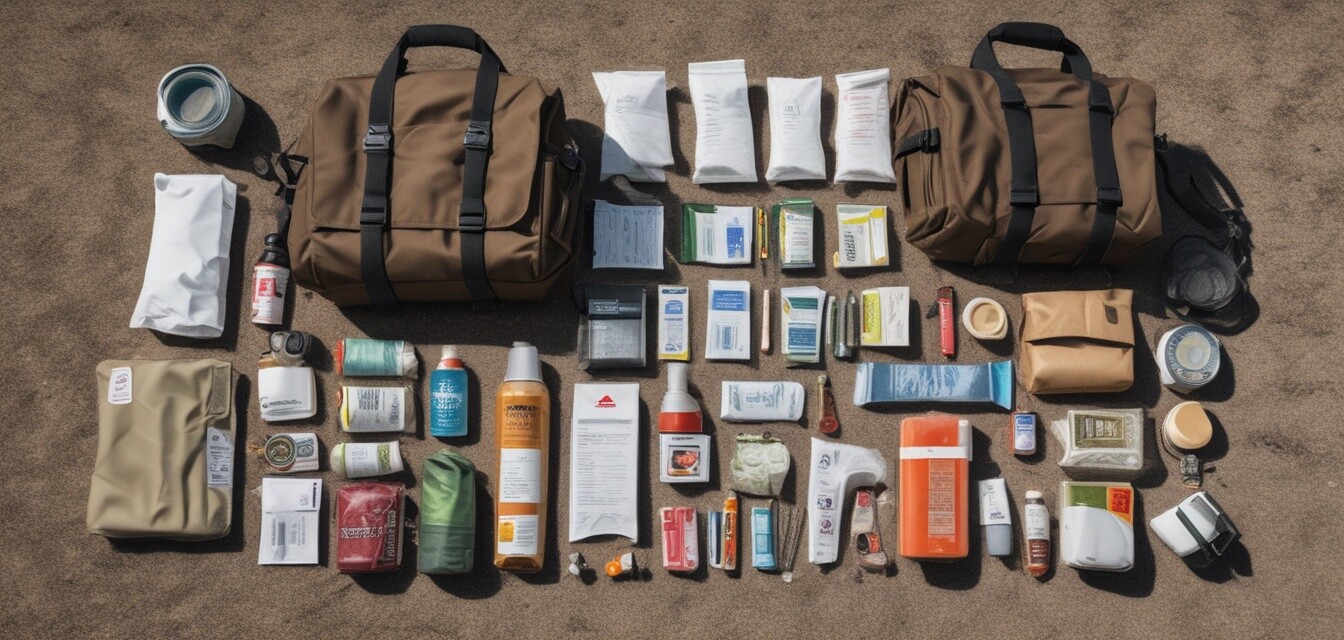
Building an All-Weather Emergency Kit
Key Takeaways
- Understand the importance of weather-resistant materials for your emergency kit.
- Include versatile items that can serve multiple purposes.
- Organize your kit for easy access during emergencies.
- Regularly update and maintain your kit to ensure preparedness.
- Consider specific gear based on your environment and weather conditions.
In today's unpredictable world, being prepared for any type of weather is crucial. Whether you find yourself in the middle of a snowy winter storm or navigating the heat of summer, having a well-rounded emergency kit can make all the difference. In this article, we’ll explore how to build an all-weather emergency kit that keeps you and your loved ones safe and ready for any situation.
What to include in your all-weather emergency kit
| Category | Essential Items | Purpose |
|---|---|---|
| Water and Food Supplies | Water purification tablets, energy bars, freeze-dried meals | To provide nutrition and hydration in emergency situations |
| Clothing | Waterproof jacket, thermal layers, and extra socks | To keep dry and warm in adverse weather conditions |
| First Aid Supplies | Bandages, antiseptic wipes, pain relievers | To treat minor injuries that may occur |
| Communication Devices | Portable charger, whistle, two-way radios | To stay connected and signal for help |
| Tools and Gear | Multi-tool device, fire starters, flashlight | To assist in managing various situations and tasks |
Choosing the right materials
When selecting items for your emergency kit, consider utilizing materials that are durable and weather-resistant. Here are some tips:
- Waterproof containers: Use waterproof bins or bags to protect your gear and supplies.
- Fire-resistant materials: Consider packing items in fire-retardant carriers for added safety.
- Lightweight and compact: Opt for lightweight materials that can easily be transported during an emergency.
Organizing your kit
Efficient organization is key to accessing your supplies quickly when time is of the essence. Here’s how to keep your kit organized:
- Group similar items together, such as first aid supplies and food items.
- Label containers clearly; use colored stickers or markers for easy identification.
- Keep a checklist of contents to track what you have in your kit.
Regularly updating your emergency kit
Your emergency kit is a living resource that requires regular maintenance. Follow these recommendations to keep it up to date:
- Check expiration dates: Many food supplies and medicines have expiration dates; rotate them periodically.
- Replace used or damaged items: Ensure that if you take items from your kit, you replenish them promptly.
- Stay informed: Assess seasonal changes and modify your kit according to your regional climate.
Tailoring your kit for specific environments
Consider your geographical location and the types of weather you may encounter:
- For cold climates: Include extra thermal layers, hand warmers, and insulated hydration bottles.
- For hot climates: Focus on sun protection items such as sunscreen, wide-brimmed hats, and electrolyte packets.
- For wet climates: Waterproof clothing, tarps, and additional fire-starting supplies are critical.
Additional resources for building your kit
For more ideas and guidance, check out our articles on buying guides or explore our Emergency Kit Analyzer Tool to tailor your emergency kit to your specific needs. Always remember that preparation is the best defense.
Conclusion
Creating an all-weather emergency kit may take some time and effort, but the peace of mind it provides is priceless. By including a variety of essentials, organizing them efficiently, and updating your kit regularly, you can be prepared for whatever nature throws your way. Explore our Outdoor Tips and Resources section to further enhance your outdoor preparedness knowledge.
Pros
- Versatile preparation for various weather conditions
- Peace of mind for outdoor adventures
- Improved safety for you and your loved ones
Cons
- Initial cost of supplies can be high
- Ongoing maintenance and updates are required
- Storage space may be a concern for some